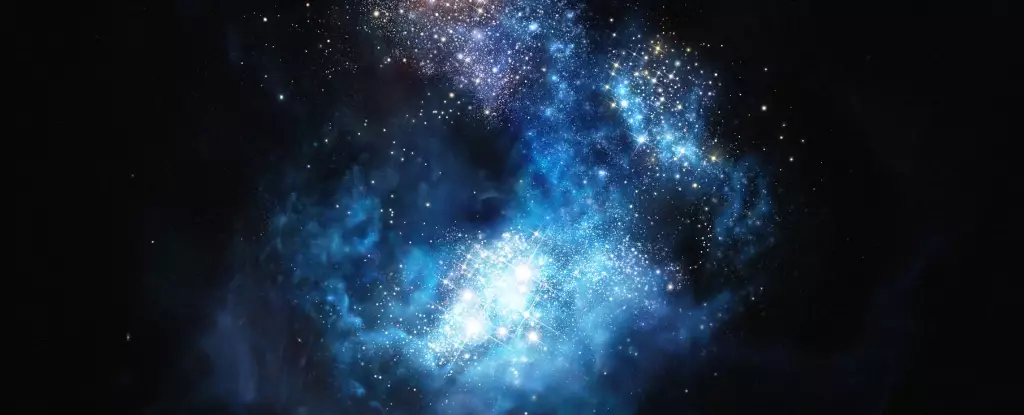Water remains an indispensable element for all known forms of life, serving as a vital solvent and medium for biochemical processes. Every organism, whether a single-celled bacterium or an expansive blue whale, relies on water to survive. It is not merely the abundance of water on Earth that supports life; it is also the unique physical and chemical properties that make water a superior medium for biochemical reactions. The intricate relationship between water and life is, therefore, paramount to understanding not only our planet but also the potential for life elsewhere in the universe.
The origin of water is as fascinating as it is complex, rooted in the events of the early universe. Water is composed of hydrogen and oxygen atoms, elements that emerged from several events following the Big Bang. Hydrogen, the first and most abundant element, formed almost immediately in the vast cosmic landscape, while oxygen formed later in the cores of massive stars through nuclear fusion processes known as the CNO cycle. These stars, upon reaching the end of their life cycles, expelled these elements back into space, contributing to the interstellar medium from which new stars and systems—including planets like Earth—would eventually form.
Traditionally, it has been accepted that the abundance of water increased as the cosmic timelines unfolded, with successive generations of stars enriching the universe with vital elements. However, new research challenges this conventional perspective, suggesting that water may have been dispersed in the cosmos through different mechanisms much earlier than previously thought.
Astronomers classify stars into three distinct populations according to their ages and metal content. Population I stars, including our Sun, are young and metal-rich. Population II stars are older, with diminished metallicity, while Population III stars—whose existence has yet to be directly observed—are believed to have composed solely of hydrogen and helium. These Population III stars represent the very first generation that emerged in the universe, and they play a pivotal role in shaping the chemical landscape.
Recent studies indicate that these primordial stars, despite their colossal size and simplistic chemical makeup, could have been monumental in the formation of water and its dispersal in the universe. As they exploded in violent supernovae, they may have enriched the surrounding environments with water and other fundamental elements necessary for life.
New Research on Water and Early Stellar Evolution
A recent study, featuring simulations of both small and large Population III stars, sheds new light on this topic. Large stars, which formed from primordial hydrogen and helium clouds, detonated as pair-instability supernovae, potentially ejecting immense quantities of water into surrounding molecular clouds. The smaller stars, while not classified as Population III, nonetheless displayed low metallicity and contributed to the process of water enrichment before their explosive deaths.
According to the researchers, the remnants of these stellar explosions contained significantly higher water fractions than the diffuse molecular clouds we observe in our own Milky Way galaxy today. Their findings assert that by a mere 100 to 200 million years post-Big Bang, conditions may have already been ripe for the genesis of life due to sufficient water and elemental abundance, even preceding conventional thoughts on when life might have first arisen.
Despite these intriguing insights, the ecology of the early universe remains a daunting puzzle. While water may have been abundant following the initial stellar ejecta, various astrophysical processes—including ionization and cosmic radiation—could have disrupted these precious molecules, rendering them sparse. This raises the tantalizing question of whether water—which appears to have played a critical role in early cosmic development—was ever present in a stable form conducive to life, or whether our current understanding of life’s emergence needs reevaluation.
Additionally, the concept of a “dry period” following the initial abundance of water leads to further speculation about the conditions that would eventually foster life on our planet and, potentially, beyond. If much of the water we currently perceive originated from these early cosmic phenomena, understanding that journey may be essential to exploring habitability in other celestial bodies.
The narrative of water in the cosmos extends far beyond its role on Earth; it intertwines with the existence of stars, the fabric of galaxies, and the very essence of life itself. As we continue to unravel the complexities of the universe’s history, it becomes increasingly clear that understanding water’s cosmic journey offers not only insights into our own existence but may also guide us toward discovering life’s possibilities on other worlds. Such explorations, driven by human curiosity and scientific inquiry, connect our fate with the stars and waters that surround us.

